BYRON KIM
Born 1961, La Jolla, CA.
Lives and works in Brooklyn, NY and San Diego, CA.
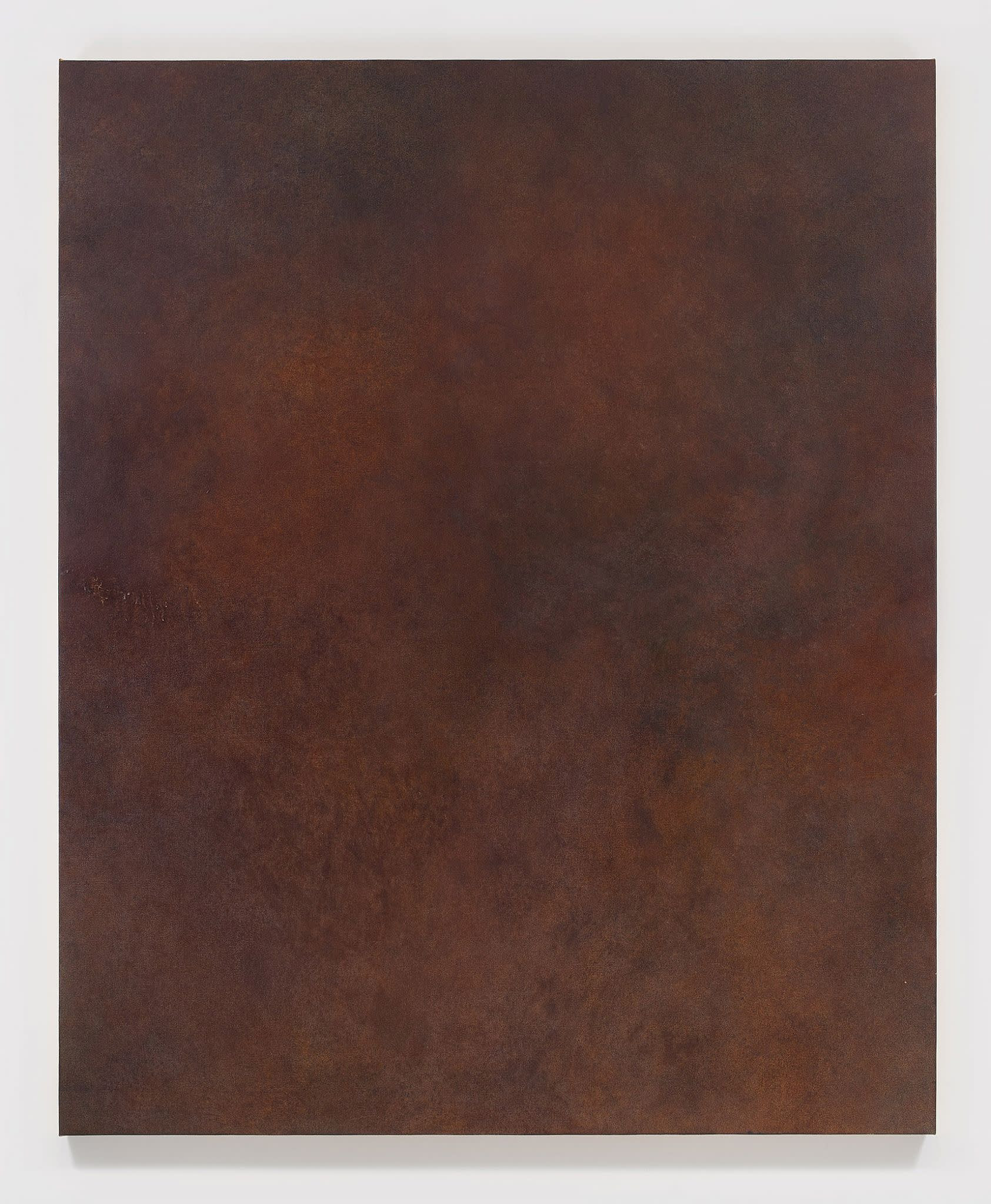
The paintings from Byron Kim’s Bruise series, which were first shown at James Cohan in 2016, and later at the 12th Gwangju Biennale in 2018, make use of broader abstraction to touch on personal, bodily trauma.
While at first blush, the works may appear to be distanced from the corporeal world, they are inspired in part by a Carl Phillips’ poem, “Alba: Innocence”, in which the narrator encounters a bruise on their lover’s body: “The leaves falling but now blurred make it/possible to see how it happens, a bruise/lifting itself over time from the darker/blues to, slowly, something like amber/to at last whatever, before the wounding/the flesh was.”
Kim prepares each work by first boiling the raw canvas or linen, after which he dyes the fabrics in a variety of natural elements, like sandalwood or indigo, and then proceeds, forgoing brushes, to rub pigments into the surfaces with oil-soaked rags. Referring to a bruise as a “stain below the skin”, Kim highlights the necessary distress behind a contusion, but also hints at the process of healing that is also underway.
Like with Kim’s renowned and ongoing Synecdoche project, which was exhibited to much acclaim at the 1993 Whitney Biennial — where monochrome panels, each referring to the skin color of one of Kim’s portrait sitters, are arranged in a unifying grid — here the artist’s individual abstractions gesture to a larger, more universal human experience.
While at first blush, the works may appear to be distanced from the corporeal world, they are inspired in part by a Carl Phillips’ poem, “Alba: Innocence”, in which the narrator encounters a bruise on their lover’s body: “The leaves falling but now blurred make it/possible to see how it happens, a bruise/lifting itself over time from the darker/blues to, slowly, something like amber/to at last whatever, before the wounding/the flesh was.”
Kim prepares each work by first boiling the raw canvas or linen, after which he dyes the fabrics in a variety of natural elements, like sandalwood or indigo, and then proceeds, forgoing brushes, to rub pigments into the surfaces with oil-soaked rags. Referring to a bruise as a “stain below the skin”, Kim highlights the necessary distress behind a contusion, but also hints at the process of healing that is also underway.
Like with Kim’s renowned and ongoing Synecdoche project, which was exhibited to much acclaim at the 1993 Whitney Biennial — where monochrome panels, each referring to the skin color of one of Kim’s portrait sitters, are arranged in a unifying grid — here the artist’s individual abstractions gesture to a larger, more universal human experience.
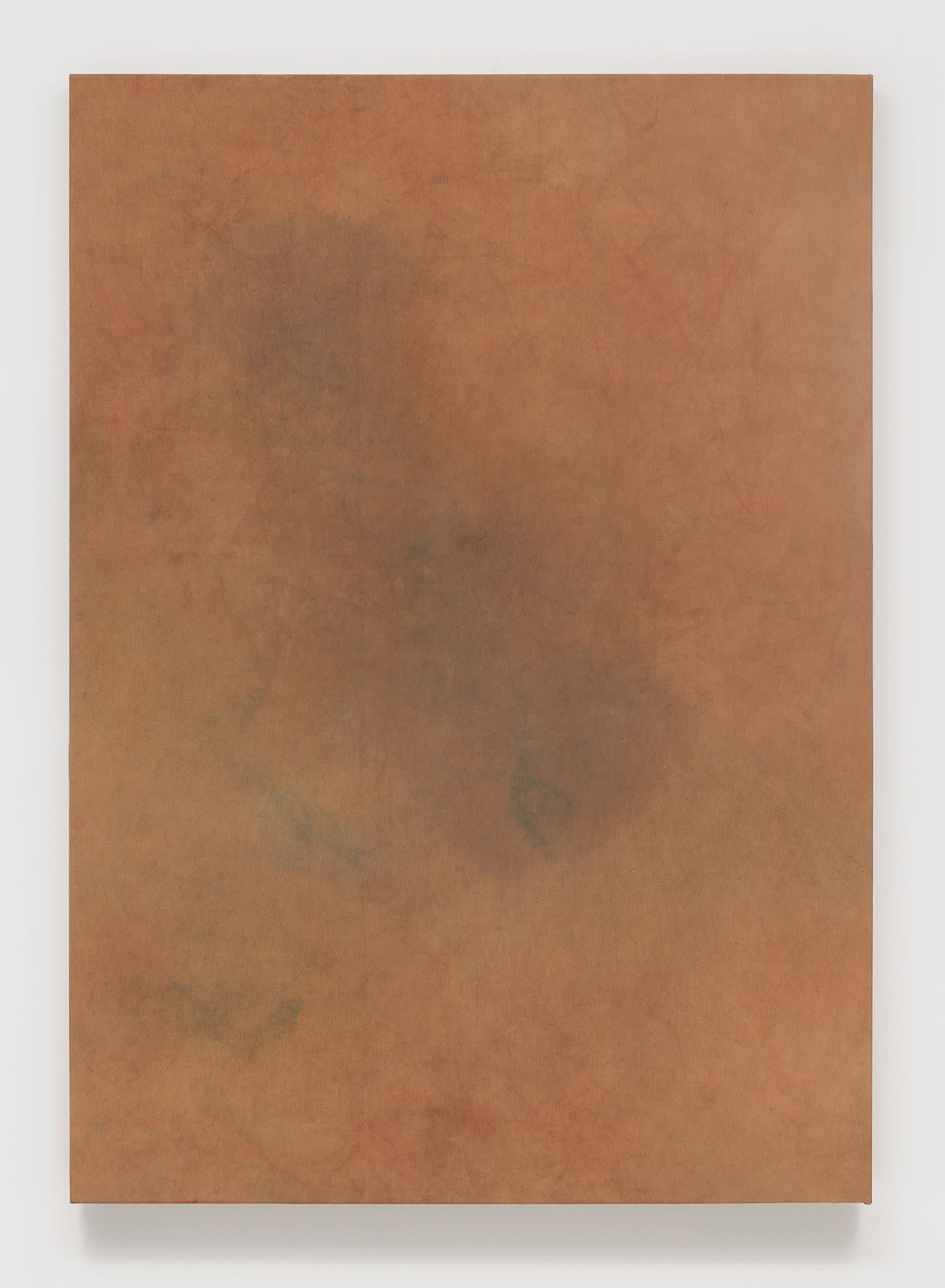


Byron Kim, Mineral Multitudes, 2016, glue and pigment on dyed canvas, 48 x 34 inches, (121.9 x 86.4 cm)
![]()
![]()
Installation views from Mud Root Ochre Leaf Star, 2017 at James Cohan. Courtesy the Artist and James Cohan Gallery.
![Installation view of Synecdoche (1991–). Courtesy the Artist and James Cohan Gallery. Photo by Phoebe d’Heurle.]()
![Detail view of Synecdoche (1991–). Courtesy the Artist and James Cohan Gallery. Photo by Phoebe d’Heurle.]()
![Byron Kim, Synecdoche (1991–). Courtesy the Artist and James Cohan Gallery. Photo by Phoebe d'Heurle.]()
![Installation view of the 1993 Whitney Biennial Exhibition. Courtesy the Artist and the Whitney Museum of American Art. Photograph by Geoffrey Clements.]()


Installation views from Mud Root Ochre Leaf Star, 2017 at James Cohan. Courtesy the Artist and James Cohan Gallery.
RELATED WORK — Synechdoche (1991 - )

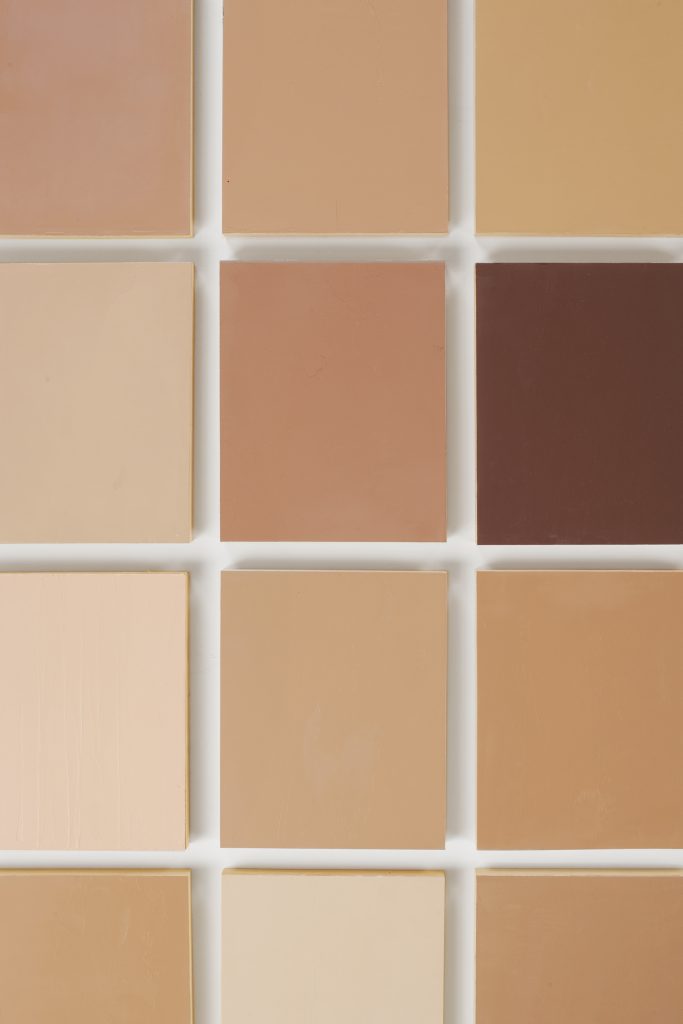
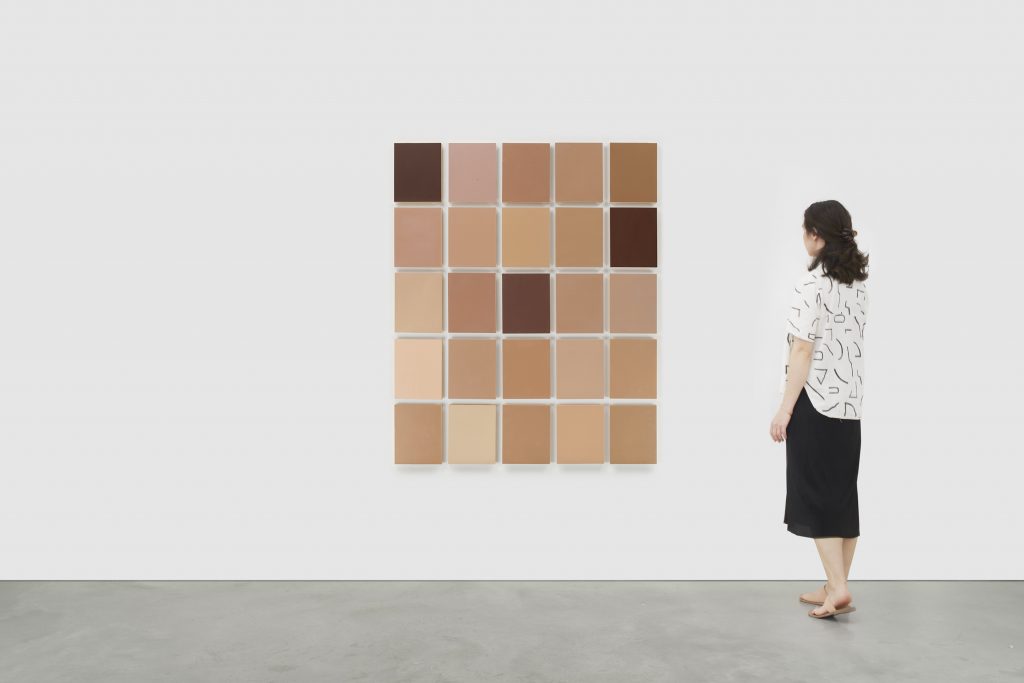
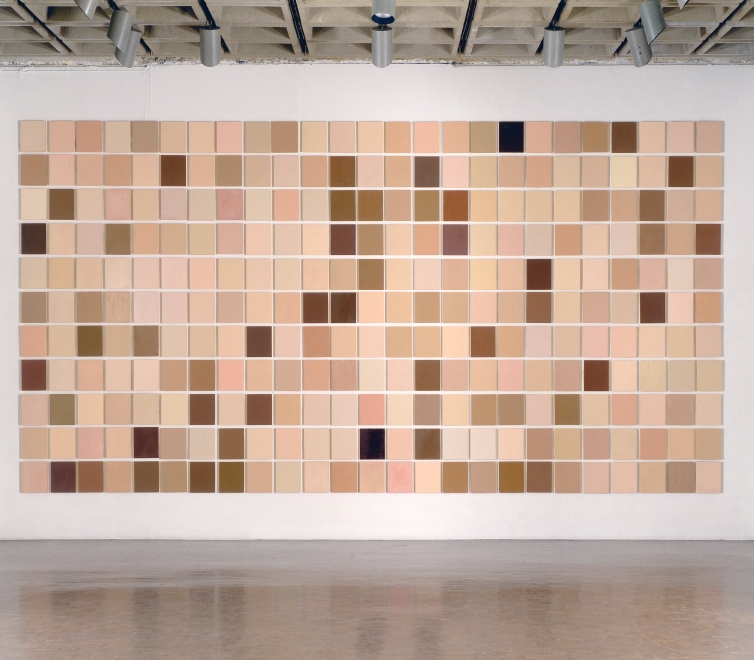
Byron Kim is a Senior Critic at Yale University — he received a B.A. from Yale University in 1983 and attended Skowhegan School of Painting and Sculpture in 1986. His numerous awards include the Alpert Award, a Ucross Foundation fellowship, and a Joan Mitchell Foundation Grant. His work is in the permanent collections of the Albright-Knox Art Gallery, Buffalo; the Art Institute of Chicago; the Berkeley Art Museum; the Blanton Museum of Art, Austin; the Hirshhorn Museum, Washington, D.C.; the Museum of Contemporary Art, La Jolla; the National Gallery of Art, Washington, D.C.; the Norton Family Collection, Santa Monica; the Wadsworth Athenaeum, Hartford; the Walker Art Center, Minneapolis; the Whitney Museum of American Art; and the Worcester Art Museum.